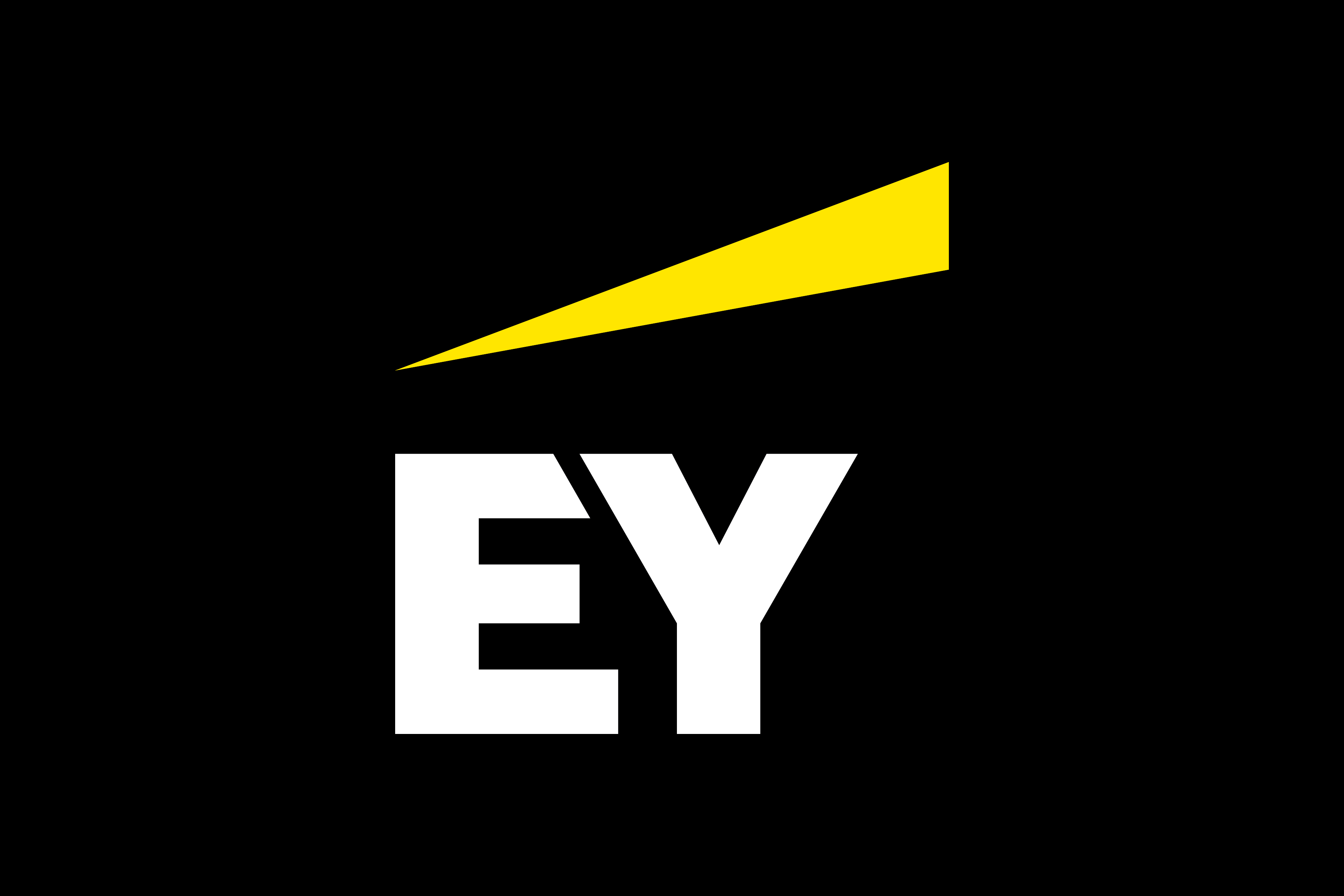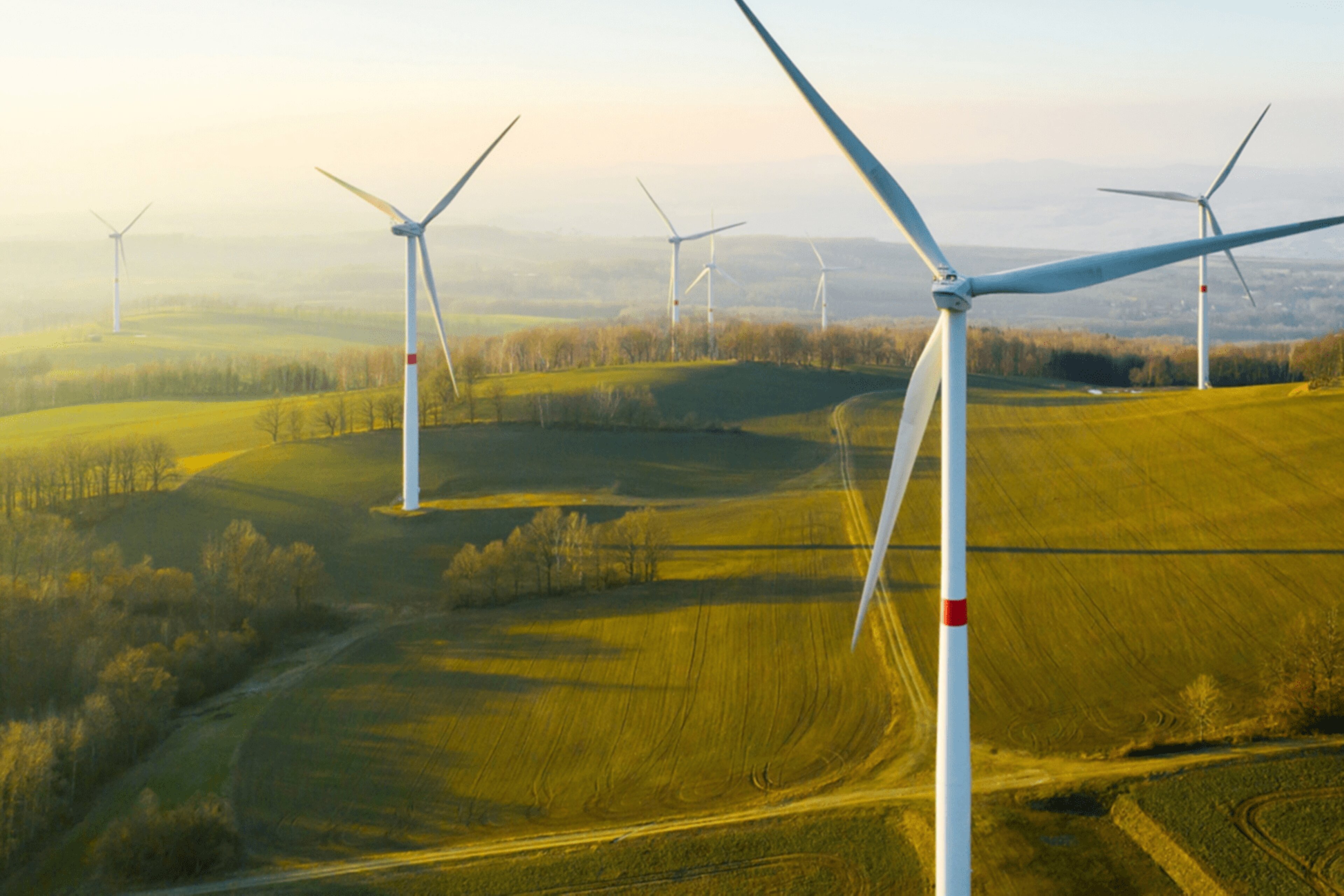EY refers to the global organization, and may refer to one or more, of the member firms of Ernst & Young Global Limited, each of which is a separate legal entity. Ernst & Young Global Limited, a UK company limited by guarantee, does not provide services to clients.
Discover EY energy transition insights, people and services, and how they can help your business unlock the opportunities of an uncertain future.
The role of external investors: External investors, notably those not currently present in India, often proved to be the best partners. These investors approach the market with a "clean slate" – free from previous biases or beleaguered by past experiences, which can lead to more favorable outcomes for both parties.
Focus on exit IRR: When negotiating transactions with investors, the focus was on the Internal Rate of Return (IRR) investors could anticipate at exit, either by listing or down selling. This practical approach recognized that no one will "sit around with an investment" indefinitely. However, the quality of infrastructure needs to find the center stage, reflected in the Hold To Maturity (HTM) IRR, which in itself will ensure a greater positive impact on exit IRRs.






